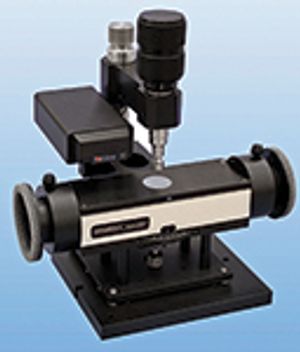
Diamond ATR has become one of the most commonly used FT-IR spectroscopy methods. However, the strong diamond lattice bands in the 2300–1900 cm-1 region make it difficult to measure the functional groups from nitriles, isocyanates, isothiocyanates, diimides, azides, and ketenes that would normally appear in that region. This applications note compares the sensitivity of a single-reflection ATR to multiple-reflection ATR for the nitrile functional group infrared transition.










